Section Styles spotlight-header
I am a
behavioral ecologist
Melquisedec Gamba-Rios, PhD
Presented by BAT CONSERVATION INTERNATIONALBats play a critical role in the environments that they inhabit.
As a behavioral ecologist, I collect data, design and test creative ways to solve problems and collaborate with other people to support bat populations.
MY WORK SETTING
Indoor vs. Outdoor
I picked this job because of the strong component of field work, but I also need to be indoors analyzing data.
People vs. Alone
I spend most of my time collaborating with other people.
Creative vs. Defined
A lot of my work is creative and changes frequently, while I have some structure to each day.
-
My job has a lot of variety. Sometimes I spend the day out in the city collecting data from biodetectors. Other days I do outreach like going to churches or houses to help them with bats that moved in. Another side of my job includes some engineering of a new tool for our bat houses. I always have to wrap up my work through analyzing or present our findings, or traveling to work with partners and communities internationally.
-
I use tools called “biodetectors” that can record things such as bats’ echolocation calls. I also use sound recordings to observe the behaviors the bats make in response. Additionally, I might be having meetings with our partners, and coming up with custom solutions to people needing help with bats on their property.
-
Despite the myths around bats and their usual bad-reputation, they are critical to the ecosystems they inhabit. Imagine having mosquito populations go unchecked because there’s no more bats to eat them! Through my work we can better determine how we can help bats survive and thrive in our complicated and changing world.
MY WORK NEEDSEssential Skills:
PATIENCE
To get the right photo, or to figure out the best solution for a bat’s situation requires patience.
PHOTOGRAPHY
I find myself taking a lot of photos of my study sites and the bats we work with - it’s a way of recording our work and having references.
CREATIVITY
If somebody calls you about bats living in their property, you’ve got to find a creative solution to removing and rehoming them.
COMMUNICATION
I speak with other academics, members of the public, youth, and even government agencies. Having good communication skills for each group is essential.
DAYS IN THE LIFE
Days in the Life
Come along and explore what three days at my job might look like!
How I Work
Check out what my place of work looks like on an average day.
This is what my workspace looks like!
A few different types of cameras.
A poster of a Formula 1 race car.
Laptop + Monitor.
Artifacts from Colombia and Costa Rica.
Bat photos on the walls.

Did you know...Not all bats sleep upside down!
The place where a bat sleeps is called a "roost". Some bats roost in caves, some in rooftops, and some in very unexpected places! Some species roost in banana leaves in family groups, and they aren't upside down. They sleep in a different leaf every night, so they use echolocation calls to find each other after flying out for food. We've learned a lot about how they communicate, and it turns out if they hear a predator in the area, they might not make any sound at all so that the predator can't find their roost!
Rewarding
These are the parts of my job I find particularly rewarding.
Working with people! My job requires a lot of collaboration.
Working in rugged outdoor terrains, sometimes for many days.
But everyone is different! Drag the circles to place them where you rate them.
Challenging
These are the parts of my job I find particularly challenging.
Figuring out solutions for so many species of bats in different environments.
Convincing different kinds of stakeholders of the importance of bats.
Section Styles movable
These are the people I work with:
Construction Workers
They’re often the first to spot bats making their homes in buildings - and I help inform them about best practices for construction to make it safe for bats.
Nonprofit Staff Members
I work with people at Bat Conservation International (and sometimes advise other nonprofits looking to do species conservation).
Engineers
We sometimes work together to develop the best tools for researching bats and creating safe roosting spaces for them.
WHAT’S NEXT?
What’s next for my field of work?One of the most exciting things about working in STEM is how fast things change. things that aren't possible today could be possible tomorrow.
AI to automate our processes.
I'm particularly excited about yada yada. What's not possible today that might be soon -- explanation of a new discovery, a technology, an emerging possibility that may be in the next ten years.
Looking for teacher resources?
PHOTOGRAPHER: Malena Vasquez • Illustrator: Ana Latese© 2024 THE PLENARY, CO. ALL RIGHTS RESERVED. TERMS. PRIVACY.This is a brand new site! See an issue? Let us know.















